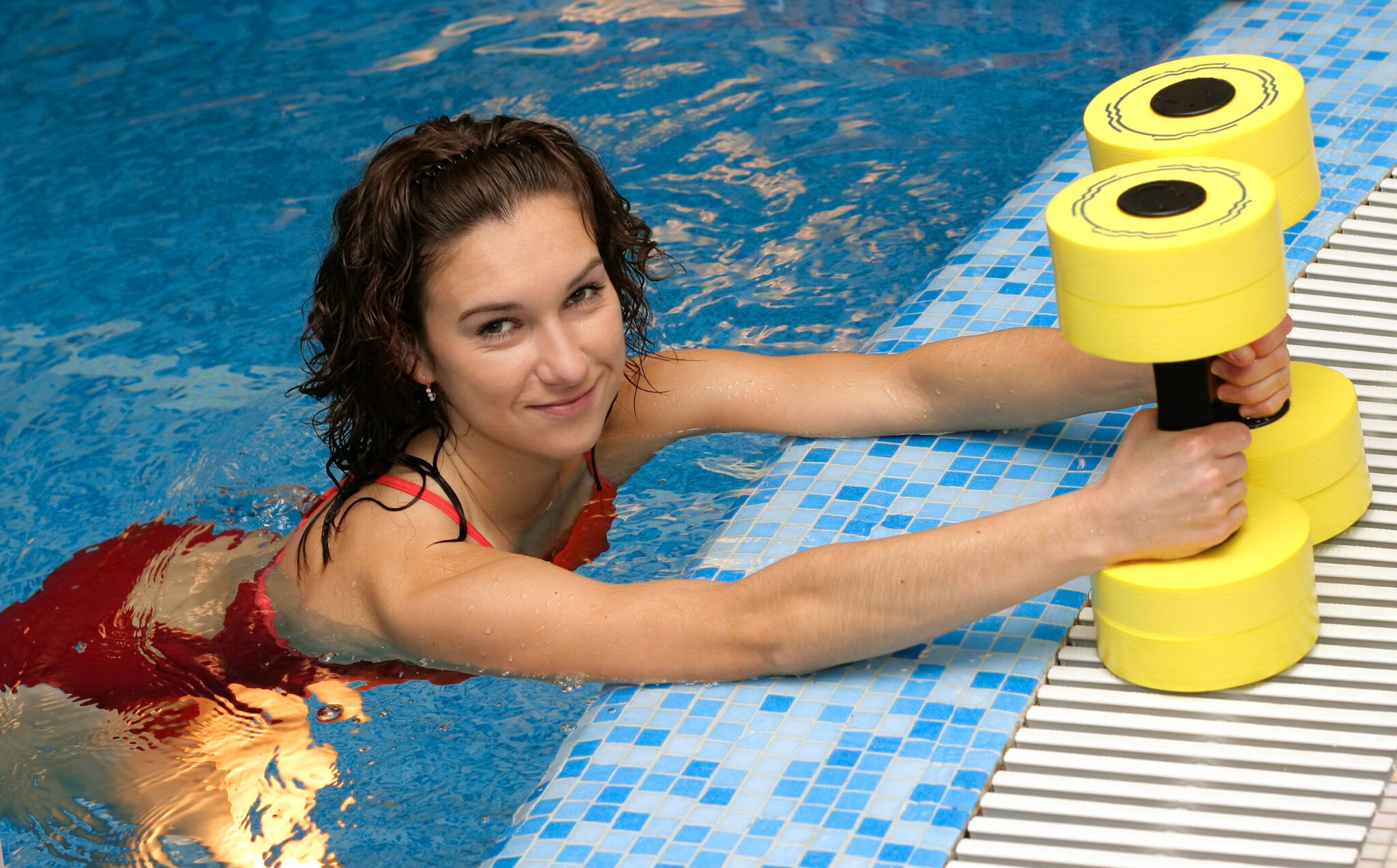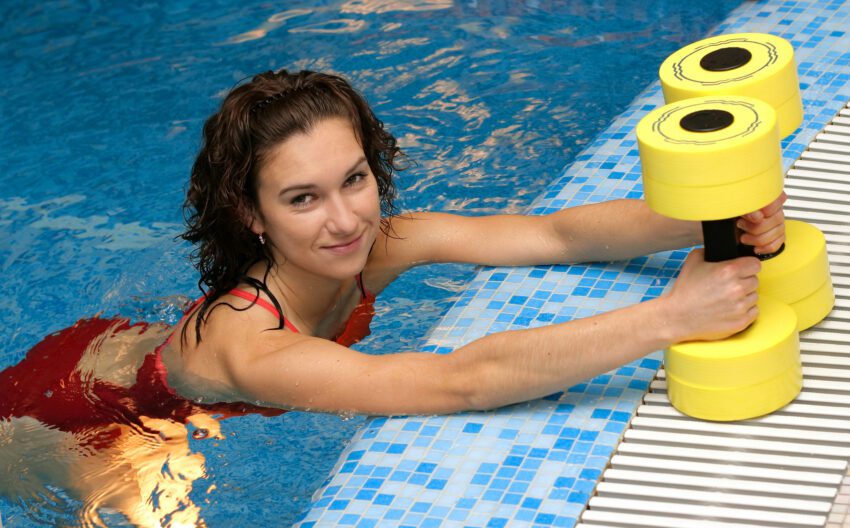
Aquatic therapy is one way those with spine health issues can seek prevention, maintenance, and recovery. In the spine health world, innovations are always arising and the aquatic therapy sector is no different. According to the National Institutes of Health (NIH), aqua therapy is proven to improve range of motion and comes with additional health benefits.
In the Wall Street Journal, Sue Goldstein, a physical therapist and founder of an aquatic therapy program for rehabilitation, said, “Aquatic therapy has become one of the most dynamic treatment techniques used by occupational and physical therapists.”
Most insurance companies will cover aquatic therapy when it’s deemed medically necessary, so we want to make sure you are informed. Let us introduce you to some of the ways in which you can use aquatic therapies to keep you and your loved ones healthy:
- Underwater treadmill. Our friends at Virginia Therapy and Fitness Center (VTFC) utilize the underwater treadmill for some of their patients. Because water makes the body nearly weightless, it offers an an optimal environment to improve strength, flexibility, and function for progress in recovery. Using this technology can speed up the post-surgical rehabilitation process, improve balance, and be beneficial in other areas of one’s overall health.
- Aquatic Resistance Training. The Journal of Strength and Conditioning found that aquatic resistance training is an “ideal mode” of exercise to improve strength, power, bone mineral density, and even psychological function. You can use aqua barbells or singular bells as weights in the water as well as fins and weight belts for other types of water resistance.
- Plunge Pool. You can use a cold or hot plunge pool for different purposes. Cold plunge pools keep water temperatures low to reduce inflammation and enhance muscle recovery, while the hot alternative helps muscles relax, increases flexibility, and loosens muscles. Pools can include massage jets which can be used for muscle massage, pain management, and help in improving performance.
While getting to a pool isn’t always possible, finding a way to utilize one might be the aid you need in your journey to recovery. Be sure to consult your physician before performing any of these exercises.
Learn more about why aquatic physical therapy may be right for you.



